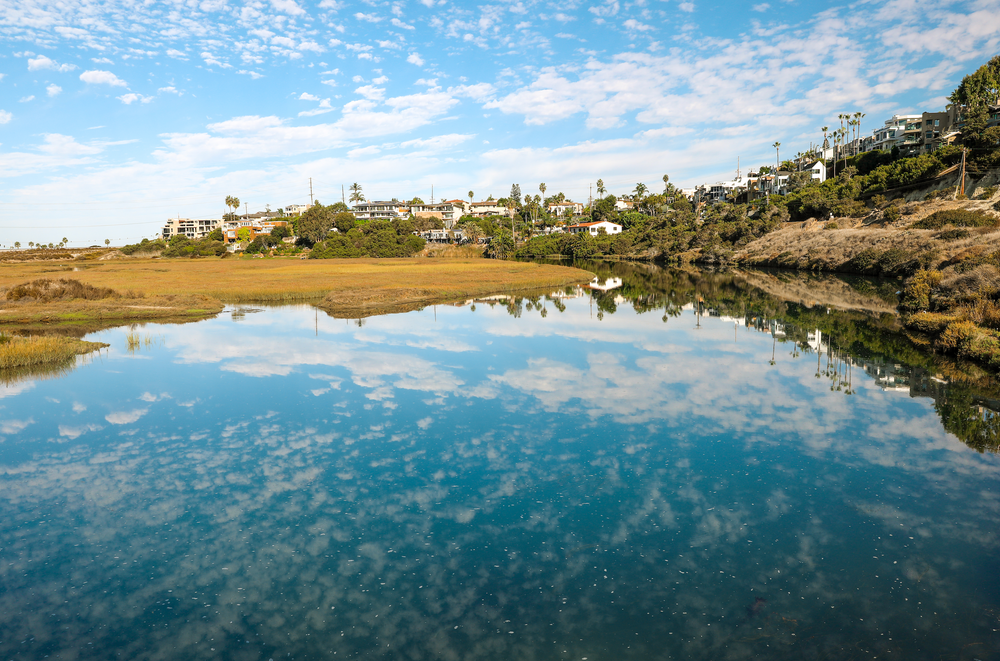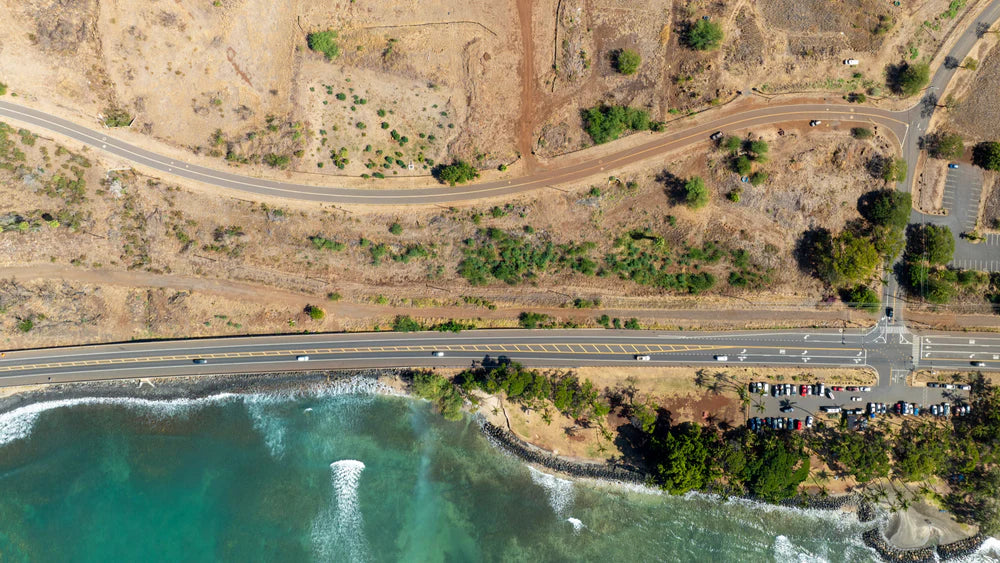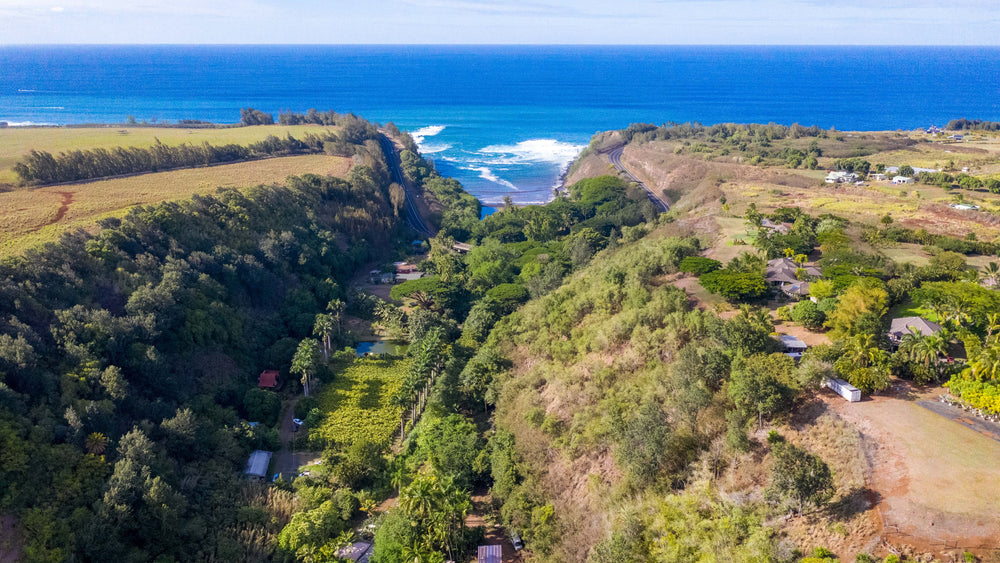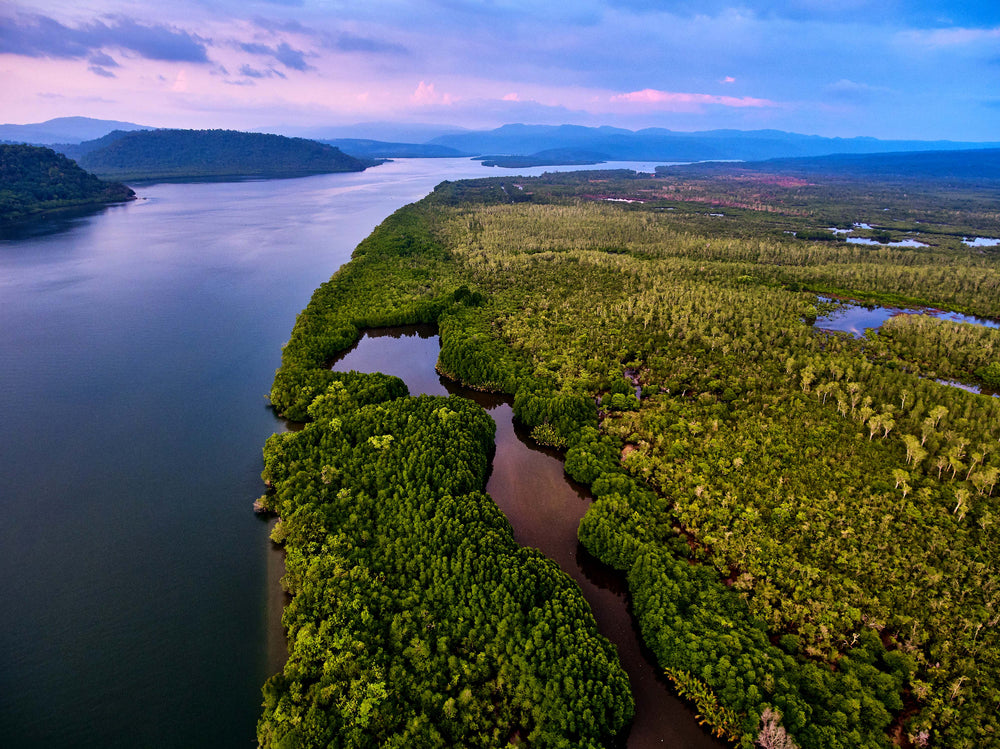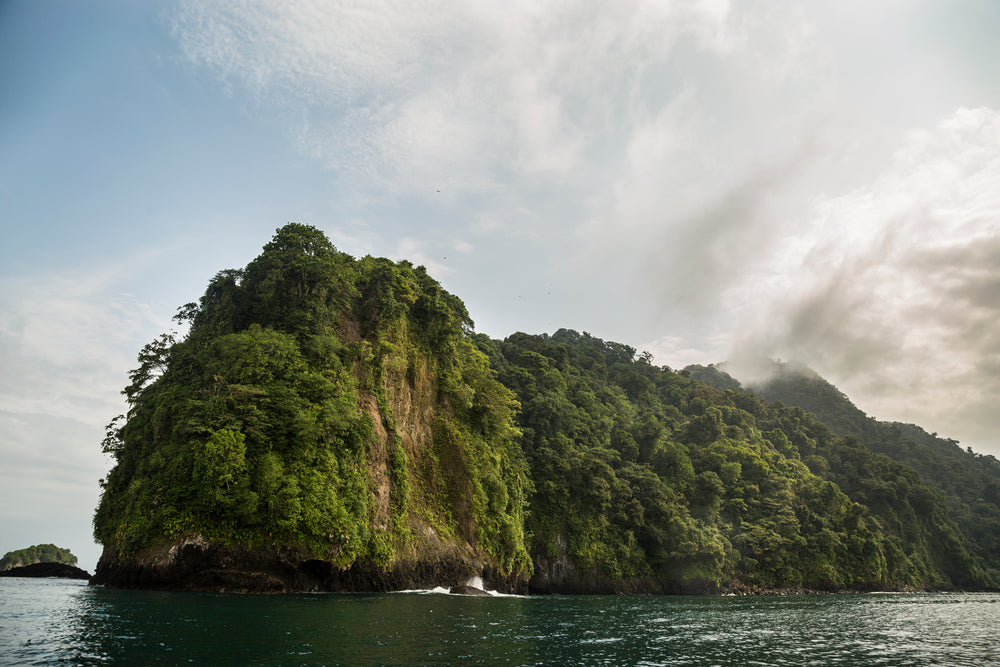Why Watersheds Matter
Before a single drop of water reaches the sea, it travels through a vast network of rivers, streams, wetlands, estuaries, and upland areas known collectively as coastal watersheds.
These transition zones between land and ocean serve as critical filters, buffers, and nurseries that shape the health of entire marine ecosystems.

Water Quality Protection
Filter out nutrients, sediments, heavy metals, and toxins before they reach fragile marine ecosystems.

Flood Mitigation
Absorb and slow floodwaters, reducing the severity of storm-driven floods.

Groundwater Recharge
Allow rainfall infiltration to replenish aquifers and maintain freshwater supplies.

Habitat for Biodiversity
Provide nursery, feeding, and breeding grounds for diverse species.

Economic Value
Support agriculture, drinking water, recreation, tourism, and disaster risk reduction.

Healthy coastal watersheds absorb rainfall, filter pollutants, trap sediments, recharge groundwater, and support vibrant communities of plants, animals, and people.
They regulate nutrient flows to downstream ecosystems like seagrasses, mangroves, kelp forests, coral reefs, and salt marshes - all of which depend on clean water and balanced nutrient inputs for survival.

But when watersheds are degraded - through deforestation, urbanization, agriculture, or pollution - excessive runoff of nutrients, sediments, and toxins flows downstream, smothering coastal habitats, fueling harmful algal blooms, dead zones, and coral reef degradation.
Restoring coastal watersheds is one of the most upstream, long-term, holistic, and scalable solutions to protect our ocean planet.
Coastal Watersheds also play a vital role in climate regulation: some studies estimate that healthy watersheds can capture and store atmospheric carbon dioxide at rates up to 10 times greater than mature tropical forests, primarily by sequestering carbon into soils and wetlands where it can remain locked away for centuries.
Restoring coastal watersheds is one of the most impactful upstream solutions for protecting downstream coastal and ocean ecosystems, and for safeguarding the communities and species that depend on them.

Ridge to Reef
A true watershed approach means thinking from the ridge to the reef — protecting the entire connected system from upland forests, rivers, and streams all the way down to coastal wetlands, estuaries, and coral reefs.
When deforestation or poor land use occurs upstream in hills and mountains ("the ridge"), soil erosion, sedimentation, and nutrient runoff flow downstream ("the reef"), threatening seagrasses, mangroves, kelp, and coral ecosystems. Conversely, restoring upland forests helps stabilize soils, regulate hydrology, and prevent pollutants from reaching sensitive coastal habitats.
Ridge to Reef restoration is one of the most effective integrated nature-based climate solutions, delivering benefits for:
- Biodiversity conservation across multiple habitats
- Freshwater quality protection
- Marine ecosystem resilience
- Carbon sequestration across forests, soils, wetlands, and sediments
- Disaster risk reduction for coastal communities

REDD+
Forests within coastal watersheds play a crucial role in storing carbon and regulating climate. When these forests are degraded or cleared, huge amounts of carbon are released into the atmosphere, while sediment and nutrient runoff flow downstream, harming rivers, estuaries, and coastal ecosystems.
REDD+ (Reducing Emissions from Deforestation and Forest Degradation) is a global framework designed to protect and restore these critical forests by providing financial support for projects that prevent deforestation, improve forest management, and enhance carbon storage.
By keeping forests standing across entire watersheds, REDD+ projects help:
- Maintain natural carbon sinks
- Reduce erosion and nutrient runoff
- Protect downstream coastal habitats like coral reefs, seagrass meadows, and mangroves
- Support local communities with sustainable livelihoods tied to forest protection
At Seatrees, we support watershed-based forest restoration efforts that align with REDD+ principles, ensuring that our work not only reduces carbon emissions, but also delivers clean water, biodiversity protection, and healthy coastal ecosystems from ridge to reef. These are known as Seatrees+Climate projects.


